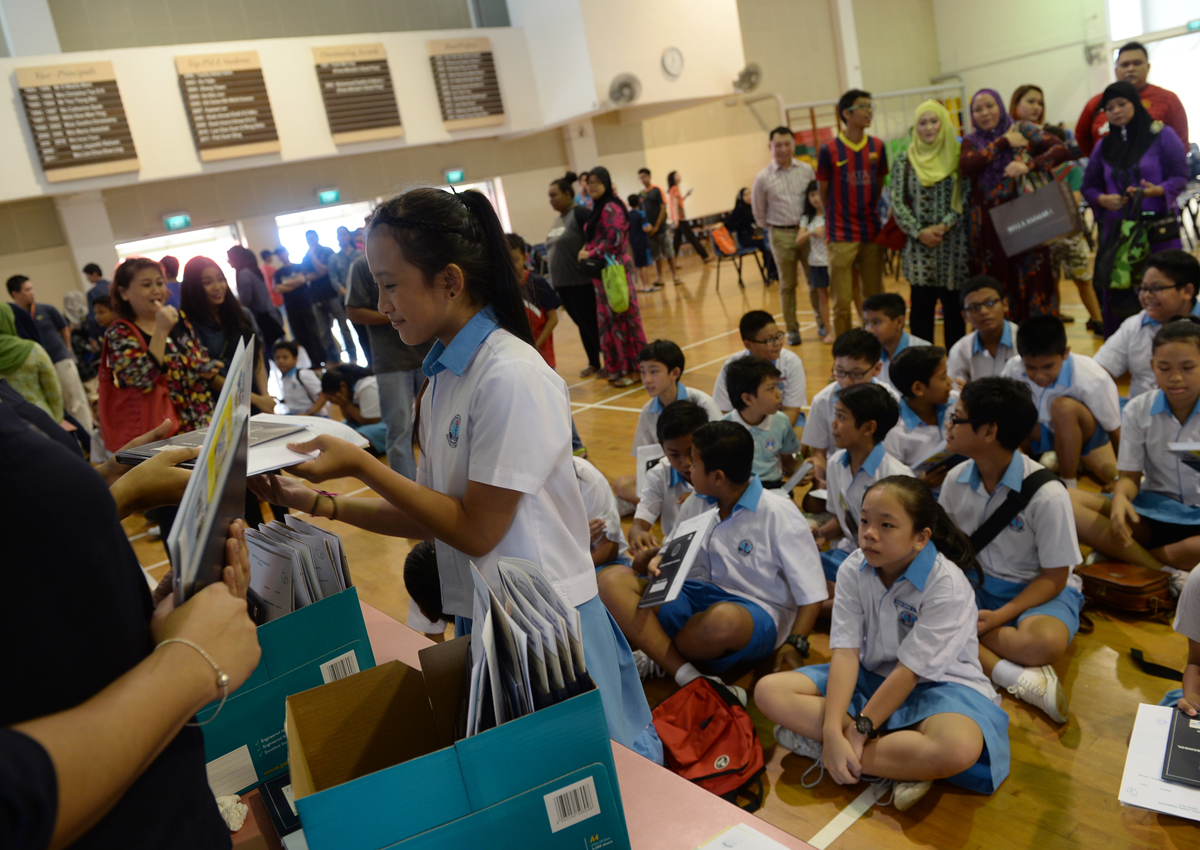Secondary schools were directed to stop taking in transfer students who do not meet the cut-off point, to make the schools transfer process more transparent and fair, said Acting Education Minister (Schools) Ng Chee Meng in Parliament yesterday.
The previous practice allowed schools to take in transfer students based on factors such as performance in co-curricular activities and connections to the school, noted Mr Ng.
He said this was not “entirely fair or transparent” to those students who were not posted to the schools despite having a similar or higher Primary School Leaving Examination (PSLE) score.
“This new guideline… is to ensure, and assure parents and students, that the system for appeals and transfers is transparent, objective and fair to all students,” he said, explaining the rationale behind it.
Under the rule put in place last November, secondary schools are no longer allowed to take in transfer students whose PSLE T-scores do not meet the school’s cut-off, except in special circumstances.
Mr Ng said many transfer appeals that schools receive are from students who fell short of the cut-off.
These appeals typically cited factors such as good performance in co-curricular activities, connections to the school and proximity to a student’s home. Allowing transfers based on these factors will mean that these take precedence over the PSLE T-score, he said.
He added that the Ministry of Education (MOE) had received feedback from some parents who were unhappy as they felt the old transfer process “was not sufficiently fair and transparent”.
After reviewing the feedback, MOE decided it would be better to have a simpler system, where only students who meet the school’s cut-off will have their transfer appeals considered, he said.
Mr Ng said 95 per cent of students are posted to a school of their choice, and 90 per cent to a school from their top three choices.
Since the change, more than 800 students have successfully transferred to another school, he added.
Most of these students met the school’s cut-off point, and those who did not had appealed “on the basis of medical, special needs or exceptional circumstances”.
Asked to elaborate on these cases, Mr Ng gave an example of a student who has a congenital problem requiring her bladder to be cleaned every four hours. Her appeal to transfer to a secondary school near her home was successful, although she did not meet the cut-off point.
Mr Ng was responding to Dr Lim Wee Kiak (Sembawang GRC), who asked about the change and said some parents had complained that the rule was not announced earlier.
Many students found out about the change only through online forums, or when their transfer requests were rejected.
Mr Ng acknowledged the MOE “could have done better” in communicating the rule, and said it would learn from the experience.
Mr Lim Biow Chuan (Mountbatten) asked if the MOE, which has moved away from focusing on scores, is now backtracking.
Mr Ng said the ministry has not changed its philosophy. He added that the schools admission system recognises students’ non-academic talents through schemes such as the Direct School Admission, which allows schools to admit students before the PSLE using criteria such as talent in sports or the arts.
“It would be better to maintain a system that is seen to be fair, transparent and meritocratic,” he said.
leepearl@sph.com.sg

This article was first published on March 15, 2016.
Get a copy of The Straits Times or go to straitstimes.com for more stories.






